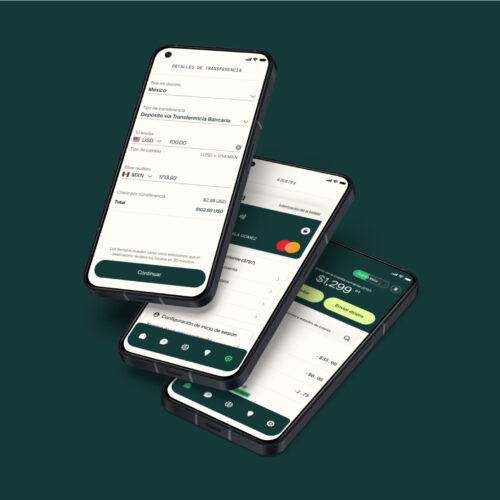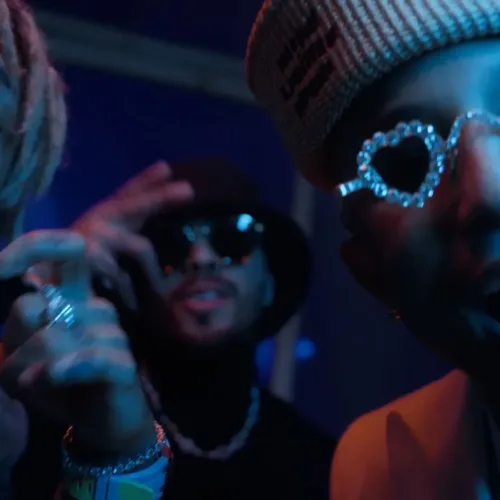By Alberto A. Martinez
In the time since Hurricane Maria struck Puerto Rico, 100 days ago, millions of people endured much suffering. A recent New York Times investigation estimates the death toll to be higher than 1,000, not the 64 officially
reported. Much of the island is still living without electricity and many lack access to basic resources like clean water and medical supplies.
I’m originally from Puerto Rico, and I’m back on the island for the third time since the hurricane, mostly in Carolina and Santurce. When people in the states ask me what Puerto Rico looks like these days, they cringe and squint, as if dreading the answer.But they’re surprised when I reply: “It’s really bad, but some things are better than before.”
For 32 years, my mother has lived in the same place, on the fourth floor of a building in Isla Verde, Carolina. Like some others, she’s a very private person, not chatty with neighbors, a bit paranoid that those who live nearby could meddle or bug her. This isolation is familiar on the mainland United States, where a report found that 30 percent of people have no interactions with their neighbors at all, which is 10% more than in the 1970s. The same study found that electrical gadgets contribute to this trend.
Just as in the United States, television, radio, headphones, cell phones, text messages, internet, Facebook, video games, microwave ovens, plain old lamps, and other gadgets daily helped many Puerto Ricans dwell in our self-made little bubbles.Then one day Hurricane Maria shattered all that. More than 45,000 utility poles were knocked down or severely damaged, along with 6,500 miles of electrical cables.The destruction of Puerto Rico’s power grid affected millions of people in awful ways: lack of refrigeration for food and medicines, lack of hot water, closed businesses,.
But being without internet had advantages. Puerto Ricans were shut out of social media. There were no texts or Facebook posts to chronicle the disaster. And instead of liking photos of distant so-called “friends,” people actually met their neighbors, and witnessed the destruction of properties together, first-hand.
Some people in condos had ignored one another for years, as if they didn’t exist. They didn’t know each other’s names. Some people in condos had ignored one another for years, as if they didn’t exist. They didn’t know each other’s names. For example, 100 days ago, my mother knew very few of her neighbors; after 32 years. But now she knows many of them. She is disabled, and for three months, many neighbors who were previously strangers lovingly helped her.
Neighbors helped each other clean up their homes by sweeping water, removing rubble, and sealing windows. They helped each other find food, water, gasoline, batteries, and medicines. They cooked for each other and shared personal stories. Sidewalks, parking lots, lobbies, and hallways stopped being mere walkways and became places where people gather and talk.
After living week after week in darkness, with no electricity, children that used to spend fifty hours per week hypnotized by video games, apps, tablets, DVDs, Netflix, and headphones suddenly were forced to spend nearly zero hours per week on all that. Instead they played with sticks and rubble.
I know a boy who rarely showed interest in anything that didn’t appear in a digital screen. Now, he attentively makes eye contact and has fun interacting with people instead of just a little digital screen. People who were separated by technological gadgets have been pulled together by countless daily struggles.
The Puerto Rican author José Luis González once imagined how his community would rally in the darkness in his 1970 story “La noche que volvimos a ser gente.” (“The night when we became people again.”)
The story recounts a major blackout in New York City where many exploited Puerto Rican workers gather on a rooftop to play musical instruments and suddenly see something usually invisible in the big city: the stars. The new communities that have emerged in Puerto Rico would never have existed if the power grid had not collapsed. This positive effect of Hurricane Maria is immeasurable. I’m moved by the thought that many of those communities will last for decades.









